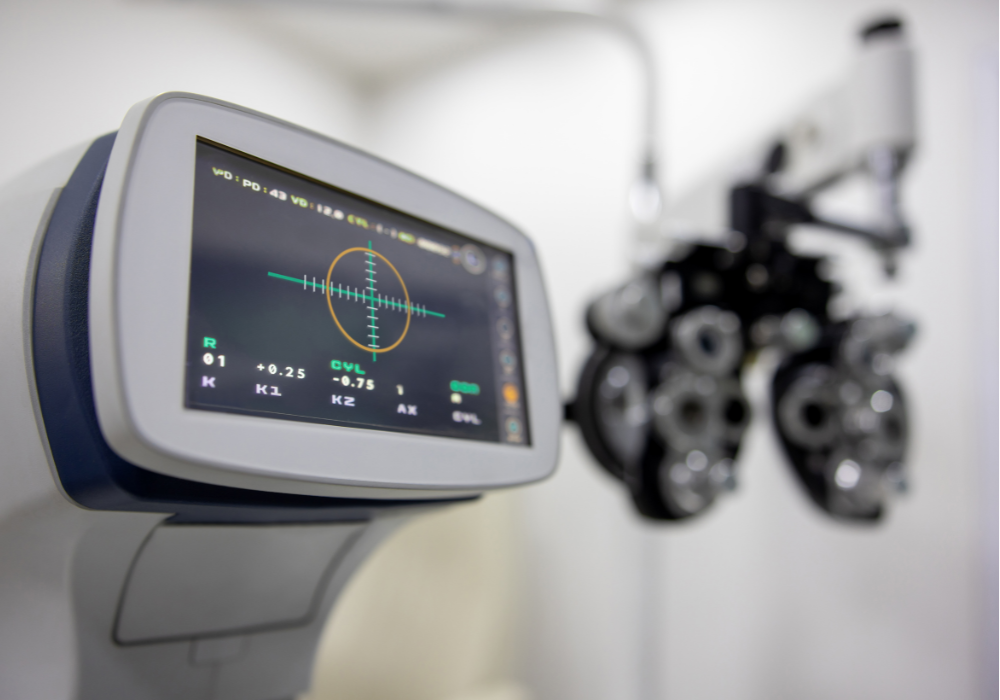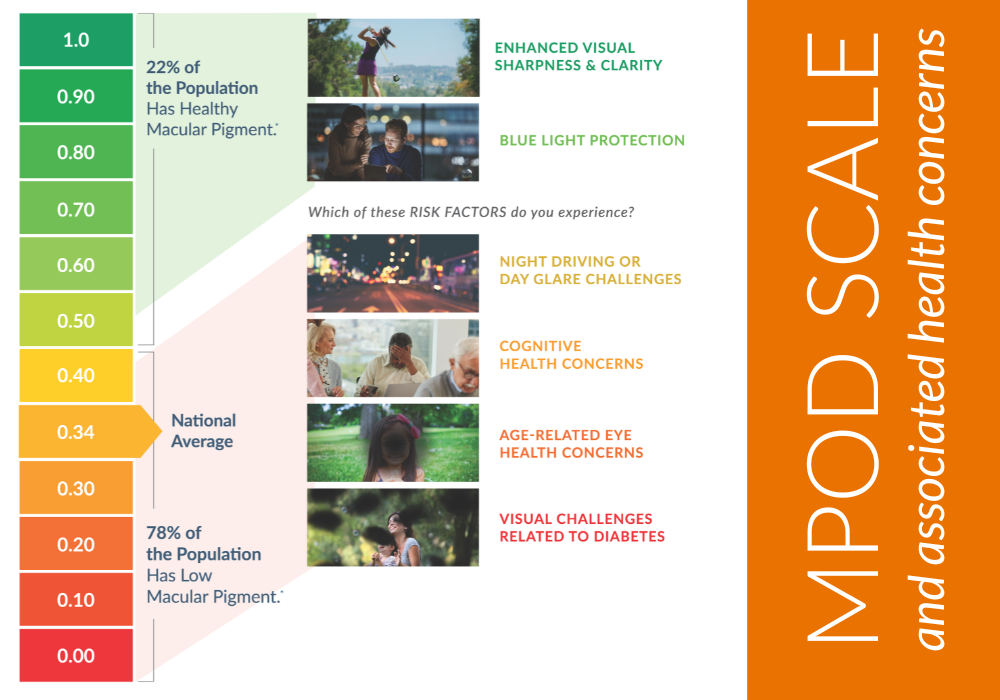Numbers to Track As an OD
Posted by EyePromise on Aug 31st 2023
Setting and tracking goals are critical to the success of many things, including running an eye care practice. To track goals, you need to know what metrics are most important to your practice. However, there’s a fine line between too few and too many metrics, and knowing the right metrics to track your goals is crucial. In an article for Review of Optometric Business, Laurie Sorrenson, OD, FAAO, shared what metrics she recommends tracking (at the very least).
Monthly Production and Receipts
Tracking your monthly receipts and production is a great way to track growth. Receipts are money you’ve deposited in the bank, whereas production is what you’ve billed out and expect to be paid. By comparing them with your numbers during the same month in the previous year, you can better understand how your practice is performing.
You can also compare your receipts to your production. This is an important number for tracking insurance payouts. Dr. Sorrenson recommends updating your EHR with the contracted prices per insurance and update as Explanation of Benefits (EOBs) come in. This time dedicated upfront can save your staff hours, and it could even help catch missing payments!
Receipts/Production Percentage

Understanding this metric can help you understand several things, including which doctors have the most conversions and what patient journeys/talk tracks/etc. are working and which aren’t. Looking at receipts/production percentage boils down to Dollar Per Patient and should be tracked across offices and for all doctors. Specifics are important here, and this should only include Full Exams that result in glasses or contact lens prescriptions. Follow-ups and office visits should not be included.
The national average is currently $300-$400, and your average could look different depending on your practice (larger vs. smaller, occasional dry eye or myopia management-focus, Medicaid, etc.). Dr. Sorrenson recommends reviewing your receipts/production numbers for the last 2 years to set an accurate goal for your practice.
Receipts/Clinical Hours
This metric is all about efficiency in the office, specifically for doctors in the exam room. Basically, this number is trying to understand how much money each doctor is billing compared to the hours spent in the exam room. Right now, the average hovers around $450-$500 an hour, but Dr. Sorrenson believes this can (and should) improve. She suggests hiring more staff and/or delegating more tasks to staff members to free up more time to see more patients.
Other Metrics to Consider

These are just some of the basics Dr. Sorrenson believes every practice should be tracking. Here is a list of other metrics she suggests looking into, but remember, there is such a thing as too many numbers.
- Pairs of Lenses/Full Exam
- Frames/Full Exam
- Total Medical Dollars/Full Exam
- Annual Contact Lens Supply Percentage
- Optician Receipts/Hour Worked
- Number of Patients/Optician/Hour
- Recall Rate
- Optomap Percentage
- Missed Appointment Percentage
- History Online Percentage
- New Patients per Month
- Optify (or whatever virtual storefront you use) Percentage
Macular Pigment Optical Density
A number left off Dr. Sorrenson’s list that should be measured and tracked within the practice is macular pigment optical density (MPOD). While this numerical score is more focused on patient outcome than practice performance, it’s a critical number to understand for patients’ eye and overall health. MPOD is a well-established biomarker for eye health issues as small as trouble driving at night and as big as age-related eye health issues.
Additionally, MPOD is closely correlated with cognitive health, meaning that direct measurement of dietary zeaxanthin and lutein (Z+L) in the back of the eye is connected to the amount of those antioxidants in the brain. In fact, studies show that increasing the amount of Z+L intake daily can improve functions like memory, focus, and decision making. So, this number can mean a whole lot more than just a score.
Learn more about MPOD measurement.
Eye care may seem like an industry that doesn’t need metrics, but numbers can help you determine whether your practice could be more successful. Start tracking your metrics and see where you can take your practice!


